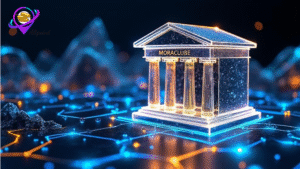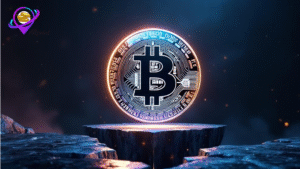Mercado Bitcoin Pushes $200 Million in Tokenized Assets Onto XRPL
Mercado Bitcoin, one of Latin America’s biggest digital asset platforms, is making a serious move into real-world asset tokenization. Last week, they announced plans to bring over $200 million worth of regulated assets—things like fixed income and equity instruments—onto the XRP Ledger (XRPL). It’s part of a broader push to expand their reach beyond Brazil, with eyes on Europe and the rest of South America.
The timing’s interesting. Ripple, which has been a major player in developing XRPL, confirmed the partnership on July 4. But this isn’t just about tech. Mercado Bitcoin’s been quietly building a track record—they’ve already tokenized more than R$1 billion (around $185 million) in private credit assets without a single default. That’s not nothing, especially in a market where trust is still hard-won.
Why XRPL? And Why Now?
Public blockchains haven’t always been the go-to for institutional finance. But Mercado Bitcoin seems to think XRPL’s got the right mix of security and scalability. Their infrastructure’s already tied into systems used by over 70 central banks and financial institutions, and they’ve had EY auditing them since 2018. So, this isn’t some fly-by-night experiment.
Ripple’s been leaning into the regulated asset space too. They’ve helped Mercado Bitcoin with cross-border payments between Brazil and Portugal using Ripple Payments, and the platform even lists RLUSD, Ripple’s USD-backed stablecoin. Silvio Pegado, Ripple’s LATAM managing director, put it bluntly: “This shows institutions are starting to trust public blockchains for real financial products.”
The Bigger Picture
XRPL’s processed more than 3.3 billion transactions so far, which might explain why bigger players are sniffing around. But let’s be real—tokenization’s still a niche, even if it’s growing. Mercado Bitcoin’s bet is that by anchoring real-world assets on a public ledger, they can open up liquidity in markets that are usually locked behind red tape.
Will it work? Hard to say. Latin America’s financial landscape is fragmented, and Europe’s regulations are, well, complicated. But if anyone’s got a shot, it might be these guys. They’ve got the infrastructure, the audits, and now, a pretty hefty chunk of assets moving onto the chain.
One thing’s clear: this isn’t just about crypto anymore. It’s about whether blockchains can handle the boring, old-school stuff that keeps the financial world running. And honestly, that might be the more interesting story.






